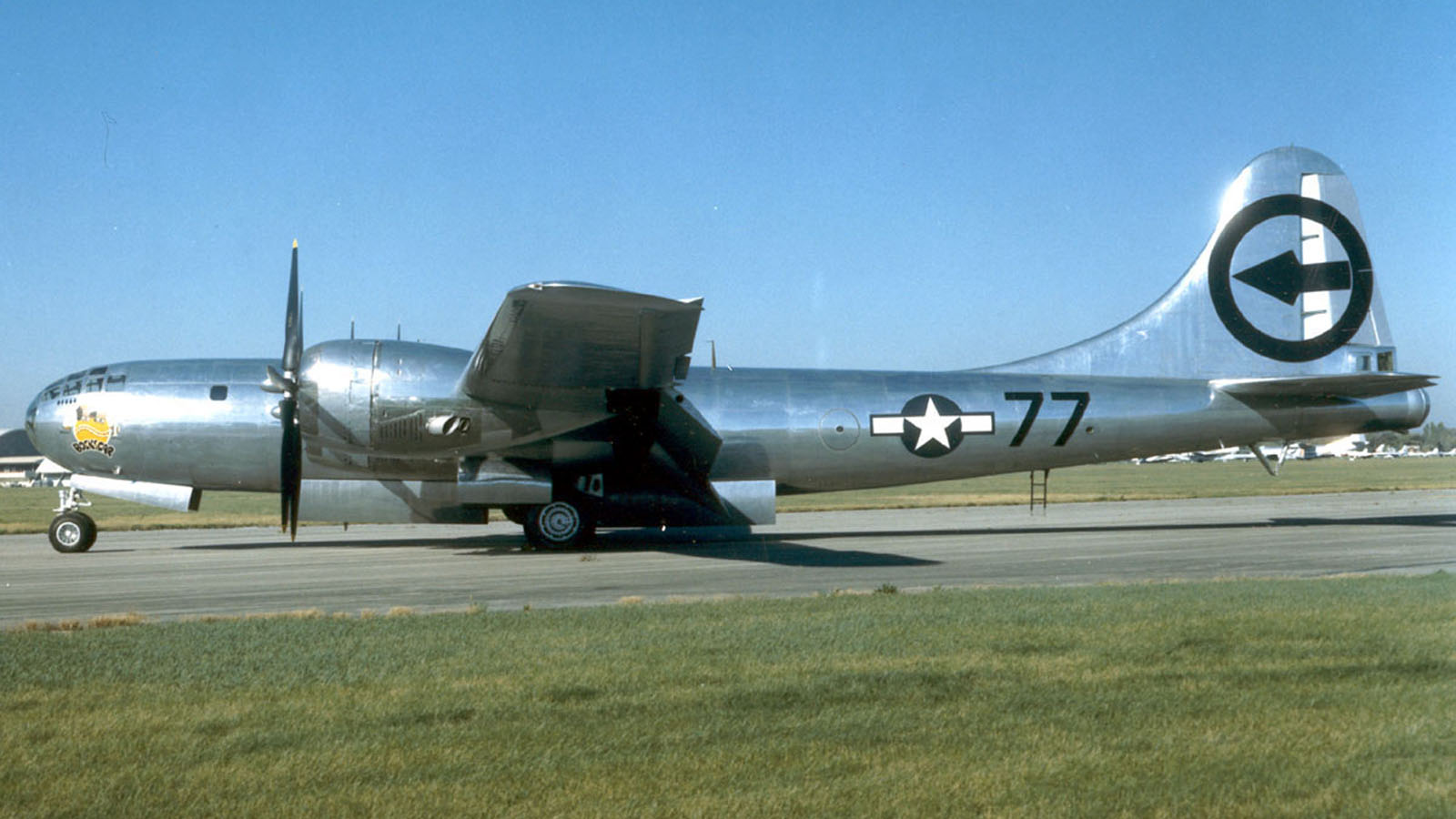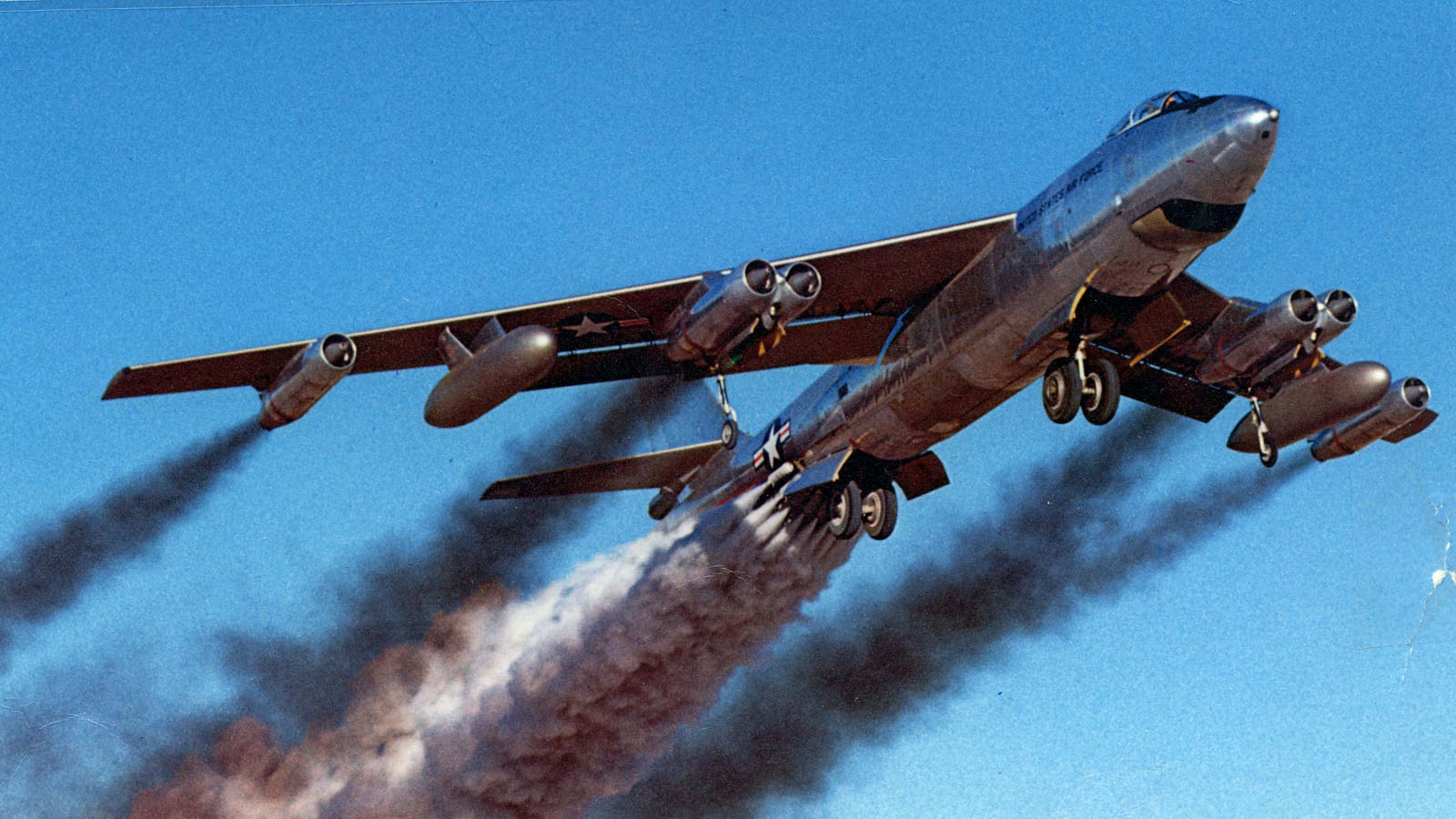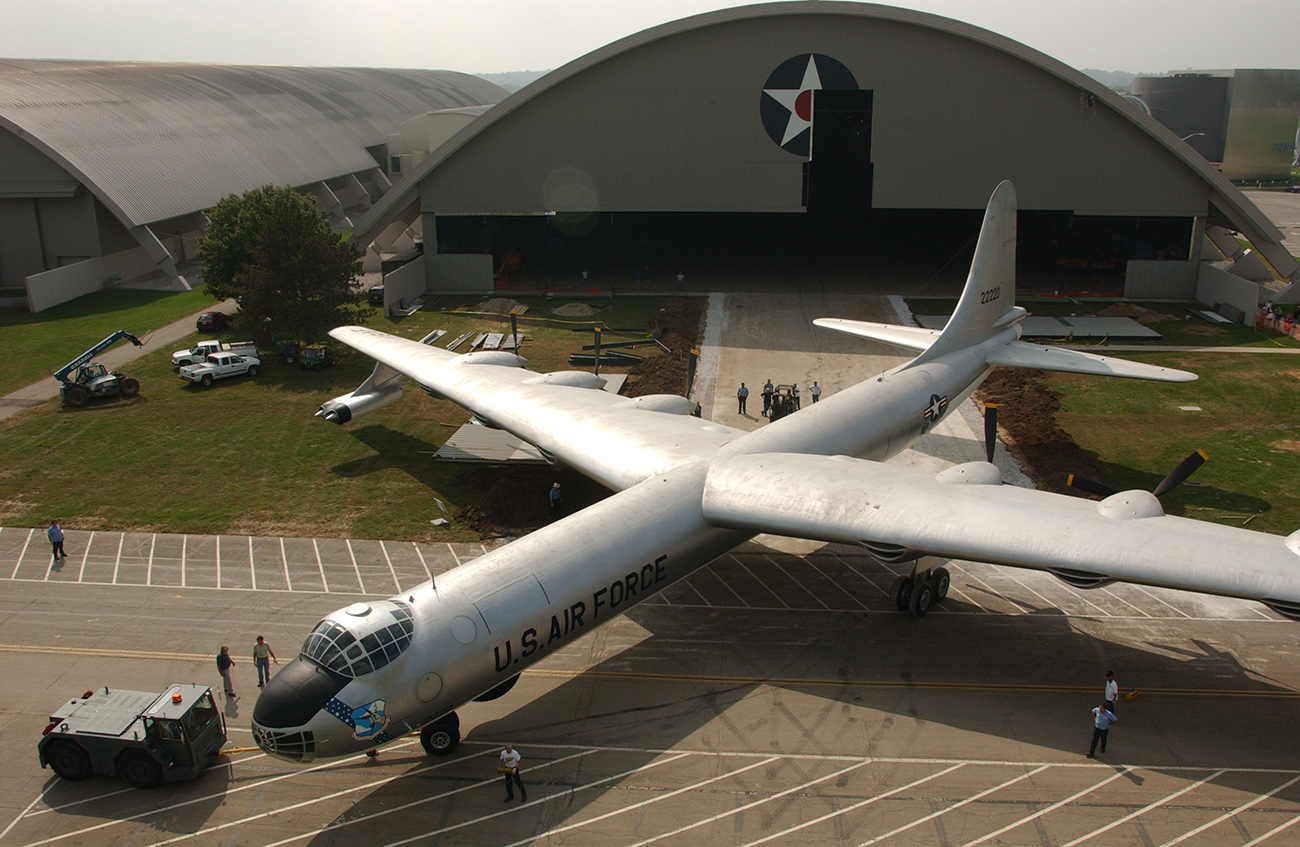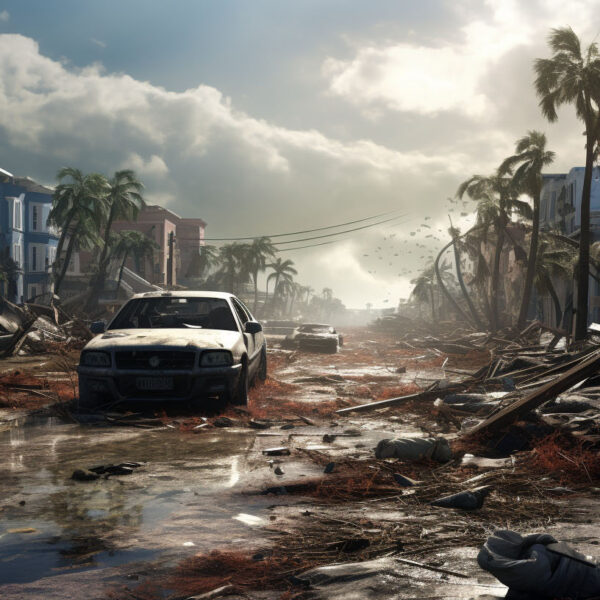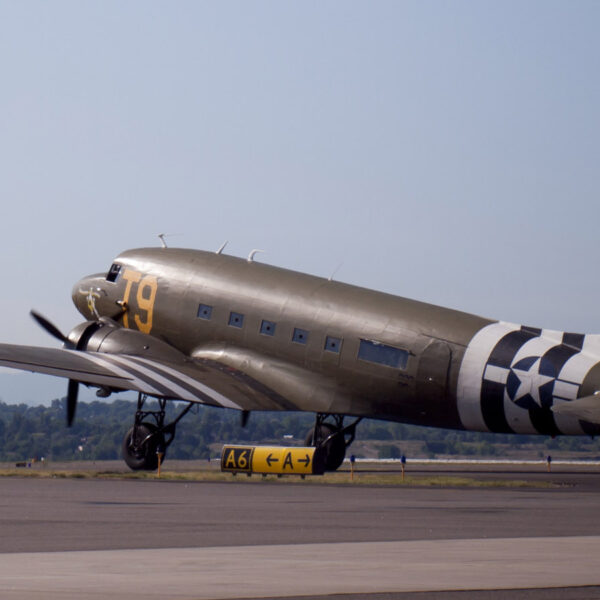The B-17 Bomber, also known as the Flying Fortress, was a four-engine heavy bomber used by the United States Army Air Forces during World War II. It was primarily used for strategic bombing missions, with a crew of 10 and the ability to carry up to 8,000 pounds of bombs. The B-17 played a crucial role in the Allied victory. Its durability and firepower made it a formidable aircraft in combat.

History of the B-17 Bomber
The B-17 Bomber, also known as the Flying Fortress, is a legendary aircraft that played a crucial role in World War II. It was a four-engine heavy bomber designed and built by Boeing in the 1930s. The B-17 was primarily used by the United States Army Air Forces (USAAF) and was one of the war’s most iconic and successful bombers.
The development of the B-17 began in the late 1930s when the USAAF requested a new bomber that could carry big bomb loads over longer distances. Boeing responded with a design that featured four engines, a high wing, and a distinctive tail gunner position. The prototype, the Model 299, made its first flight in July 1935, and impressed the USAAF with its performance. However, it crashed during a demonstration flight, killing two people on board. Despite this setback, the USAAF saw potential in the aircraft and ordered 13 more for further testing.
In 1937, the B-17 entered service with the USAAF, and by the time the United States entered World War II in 1941, over 200 B-17s were in operation. The B-17 was primarily used for daylight precision bombing missions over Europe to destroy German industrial and military targets. The B-17’s ability to withstand heavy enemy fire and still complete its mission earned it the nickname “Flying Fortress.”
As the war progressed, the B-17 underwent several modifications and upgrades to improve its performance and effectiveness. The most significant change was the addition of more defensive armament, including a chin turret and waist gun positions. These modifications made the B-17 more effective against enemy fighters, a constant threat during bombing missions.
The B-17 also played a crucial role in the Pacific theater of the war, where it was used for long-range bombing missions against Japanese targets. However, the B-17’s lack of range and vulnerability to Japanese fighter planes led to the development of the B-29 Superfortress, which eventually replaced the B-17 in the Pacific.
Despite its limitations, the B-17 proved a reliable and effective bomber, with 12,731 aircraft produced during the war. It was also used by other Allied forces, such as the British Royal Air Force and the Soviet Air Force, who received B-17s through the Lend-Lease program.
The B-17’s contribution to the war effort was not limited to bombing missions. It also played a significant role in search and rescue operations and in transporting supplies and personnel. The B-17 was also used for experimental purposes, such as testing new technologies and tactics.
After the war, the B-17 continued to serve in various roles, including surveillance, weather research, and air-sea rescue. However, with the advancement of technology, the B-17 was eventually phased out of military service in the late 1950s. Today, only a handful of B-17s remain in flying condition, and they are mainly used for air shows and historical reenactments.
In conclusion, the B-17 Bomber played a significant role in World War II and impacted aviation history. Its development and evolution throughout the war showcased the ingenuity and determination of the engineers and pilots who worked with this iconic aircraft. The B-17 will always be remembered as a symbol of American air power and a testament to the bravery and sacrifice of those who flew and maintained it.
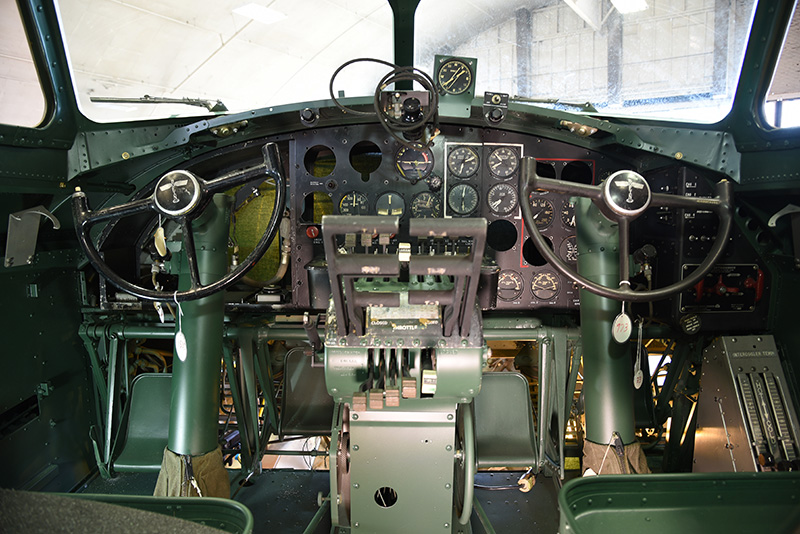
Famous Missions and Crews
One of the most well-known missions of the B-17 was the bombing of the German city of Schweinfurt on October 14, 1943. This mission, also known as “Black Thursday,” was a part of the USAAF’s strategic bombing campaign against German industrial targets. The B-17s were tasked with destroying ball-bearing factories, which were crucial for producing German war machinery. However, the mission was met with heavy resistance from German fighter planes and anti-aircraft fire. Despite the intense attacks, the B-17 crews showed incredible bravery and determination, pressing on with their mission. The mission resulted in the loss of 60 B-17s and over 600 crew members, making it one of the costliest missions of the war. However, it also demonstrated the B-17’s resilience and the courage of its crews.
Another famous mission of the B-17 was the bombing of the Romanian oil fields on August 1, 1943. The B-17s were tasked with destroying the oil fields, a vital fuel source for the German war effort. The mission was successful, with the B-17s inflicting significant damage on the oil fields. However, it was not without its challenges. The B-17s faced heavy anti-aircraft fire and fierce attacks from German fighter planes. Despite the intense opposition, the B-17 crews completed their mission and returned safely to their base. This mission was crucial in crippling the German war machine and was a testament to the B-17’s capabilities and the bravery of its crews.
One of the most famous B-17 crews was the “Memphis Belle.” This B-17, named after the pilot’s girlfriend, became famous for being the first USAAF bomber to complete 25 European missions and return to the United States. The crew of the Memphis Belle, led by Captain Robert Morgan, became celebrities and were hailed as heroes for their remarkable feat. The Memphis Belle and its crew were featured in a documentary film and a Hollywood movie, cementing their place in history as one of the most famous B-17 crews.
Another notable B-17 crew was the “Hell’s Angels.” This B-17, named after the 1930s film of the same name, was the first B-17 to complete 25 missions in Europe. The crew of the Hell’s Angels, led by Captain Irl E. Baldwin, became the first USAAF bomber crew to receive the Distinguished Flying Cross. The Hell’s Angels were also featured in a documentary, further solidifying their fame and legacy.
In conclusion, the B-17 Bomber and its crews played a significant role in World War II, and their actions and missions have become legendary. From the bombing of Schweinfurt to the famous crews of the Memphis Belle and Hell’s Angels, the B-17 and its crews have left an indelible mark in history. Their bravery, determination, and skill have become a symbol of the Allied forces’ strength and resilience during the war. The B-17 Bomber will forever be remembered as a crucial weapon in the fight against tyranny, and its crews will always be hailed as heroes.

Technical Specifications
One of the most notable features of the B-17 was its size. It had a wingspan of 103 feet and a length of 74 feet, making it one of the largest bombers of its time. The B-17 could reach a maximum speed of 287 miles per hour and had a range of 2,000 miles, making it a versatile and reliable aircraft for long-range missions.
The B-17 was also equipped with advanced technology for its time. It had a sophisticated Norden bombsight, allowing precise bombing from high altitudes. This was a crucial advantage in strategic bombing missions. The B-17 also had a Sperry autopilot system, which helped the pilot maintain control of the aircraft during long flights.
The B-17 was heavily armed with 13 .50 caliber machine guns. These were strategically placed throughout the aircraft. This provided the B-17 with 360-degree coverage, making it a formidable enemy-fighting opponent.
The B-17 was also designed with durability in mind. It had a sturdy airframe and could withstand significant damage from enemy fire. This was due to its self-sealing fuel tanks, which reduced the risk of fire, and its ability to continue flying even with severe damage to its wings or tail. The B-17 was also equipped with a backup hydraulic system, which allowed for manual control of the aircraft in case of damage to the primary system.
The B-17 was not without its flaws, however. Its heavy weight and large size made it a slow and easy target for enemy fighters. It also lacked the maneuverability of smaller, single-engine fighters. As a result, the B-17 often relied on fighter escorts for protection during missions. Despite these limitations, the B-17 proved to be a reliable and effective bomber, with a high success rate in completing its missions.
Surviving B-17 Bombers: Where to See Them Today
One of the most well-known surviving B-17 Bombers is the “Memphis Belle.” This aircraft gained fame for being the first B-17 to complete 25 missions without losing a single crew member during World War II. After the war, it was displayed at the National Museum of the United States Air Force in Dayton, Ohio. The “Memphis Belle” underwent extensive restoration in the 2000s and is now open for public viewing. Visitors can get an up-close look at this iconic aircraft and learn about its history and the brave crew who flew it.
Another B-17 Bomber that can be seen today is the “Aluminum Overcast.” This aircraft was built in 1945 but did not see any action during the war. It was used for various purposes, including aerial mapping and spraying crops, before being retired in 1959. In 1983, it was purchased by the Experimental Aircraft Association (EAA) and restored to its original condition. The “Aluminum Overcast” now travels around the country, allowing people to take a flight on a B-17 and experience what it was like for the crew during World War II.
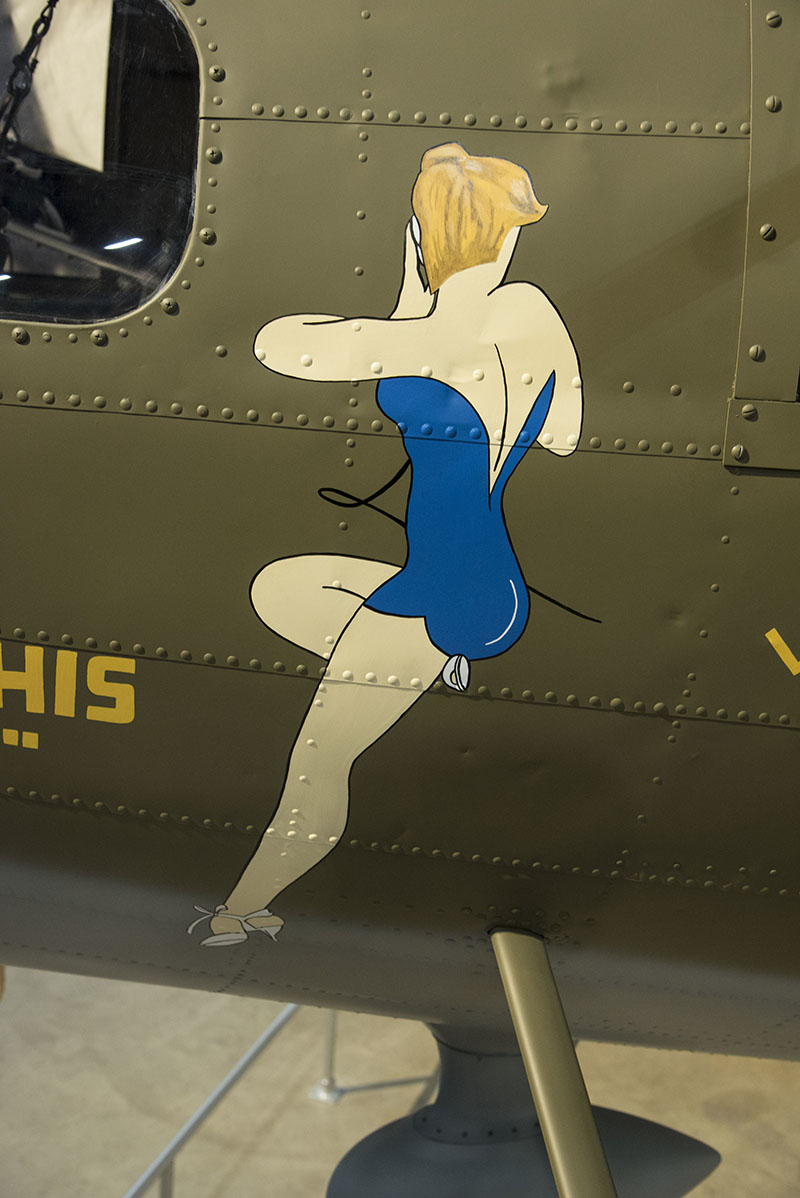
The “Sentimental Journey” is another B-17 Bomber still flying today. It was built in 1944 and served in the Pacific Theater during the war. After the war, it was used for various purposes, including firefighting and aerial mapping. In 1978, it was purchased by the Commemorative Air Force (CAF) and restored to its original condition. The “Sentimental Journey” now travels around the country, participating in airshows and offering flights to the public. It is a popular attraction for aviation enthusiasts and history buffs alike.
In addition to these well-known B-17 Bombers, several others can be seen at museums and airshows worldwide. The “Sally B” is a B-17 based in the United Kingdom and is the only airworthy B-17 in Europe. The B-17 Preservation Ltd owns it and is often seen at airshows and events in the UK. The “Fuddy Duddy” is another B-17 based in the United States owned by the CAF. It is often seen at US airshows and events, allowing people to see this historic aircraft in action.
Preserving these surviving B-17 Bombers is crucial in keeping their memory of their role in World War II alive. They serve as a reminder of the bravery and sacrifice of the men who flew them and the importance of their contribution to the war effort. These aircraft also provide a unique educational experience for people of all ages, allowing them to learn about the technology and advancements in aviation during that time.
In conclusion, the surviving B-17 Bombers are a testament to the ingenuity and resilience of the Allied forces during World War II. They can be seen at various locations worldwide, offering a glimpse into the past and honoring the brave men who flew them. Whether at a museum or an airshow, seeing these iconic aircraft is an experience that should not be missed. So, if you ever have the chance to see a B-17 Bomber, take it and pay tribute to the Flying Fortress and its role in history.
Impact and Legacy of the B-17 Bomber
With its impressive range, heavy armament, and sturdy construction, the B-17 symbolized American air power and was a crucial player in the war effort. Its impact and legacy continue to be felt even today, decades after the war’s end.
One of the most significant impacts of the B-17 Bomber was its role in strategic bombing. The aircraft was designed to carry a large payload of bombs and had a range of over 2,000 miles, making it ideal for long-range missions. The B-17s were used to bomb strategic targets such as factories, oil refineries, and transportation hubs in Germany and occupied Europe. This strategic bombing campaign was crucial to the Allied strategy to weaken the enemy’s industrial and economic capabilities. The B-17s were vital in crippling the German war machine and ultimately contributed to the Allied victory.
The B-17 Bomber also had a significant impact on the morale of both the Allied and Axis forces. The sight of a formation of B-17s flying overhead was a source of inspiration for the Allied troops on the ground. It symbolized American strength and determination and instilled fear in the enemy’s hearts. The B-17s were also equipped with powerful defensive armament, making them formidable opponents to enemy fighters. This gave the Allied pilots a sense of security and boosted their morale, knowing they had the Flying Fortress’s support.
The B-17 Bomber also had a lasting legacy in terms of technological advancements. The aircraft was an engineering marvel with four engines, advanced navigation systems, and pressurized cabins. It set the standard for future bomber designs and paved the way for the development of modern military aircraft. The B-17 also introduced the concept of “precision bombing,” which involved using advanced navigation and targeting systems to hit specific targets accurately. This technique was crucial in minimizing civilian casualties and collateral damage, a significant concern in modern warfare.
The B-17 Bomber also significantly impacted the American economy during the war. The aircraft production provided thousands of jobs and boosted the country’s industrial output. The B-17s were also used for training, providing employment opportunities for pilots, mechanics, and other support staff. The success of the B-17 program also led to the development of other aircraft, such as the B-29 Superfortress, which played a crucial role in the war’s later stages.
The legacy of the B-17 Bomber also extends beyond its military impact. The aircraft has become an iconic symbol of World War II and is often featured in movies, books, and other forms of media. The B-17 has also become a popular subject for aviation enthusiasts, with many restored aircraft flying today. These flying museums serve as a reminder of the sacrifices made by the brave men and women who flew and maintained these aircraft during the war.
In conclusion, the B-17 Bomber significantly impacted World War II, and its legacy continues to be felt today. Its role in strategic bombing, impact on morale, and technological advancements all contributed to the Allied victory. The B-17 also had a lasting impact on the American economy and has become an iconic symbol of the war. The B-17 Bomber will always be remembered as a crucial player in one of the most significant events in human history.
Frequently Asked Questions
When was the B-17 first introduced?
The B-17 was first introduced in the 1930s.
How many crew members did a B-17 typically have?
A B-17 typically had a crew of 10 members.
Why was it called the “Flying Fortress”?
Because of its heavy defensive armaments, it is a fortress in the sky.
Did the B-17 only serve in World War II?
While it’s most famous for its role in World War II, it also served in other capacities post-war.
How many B-17 bombers were produced?
12,731 B-17 bombers were produced

